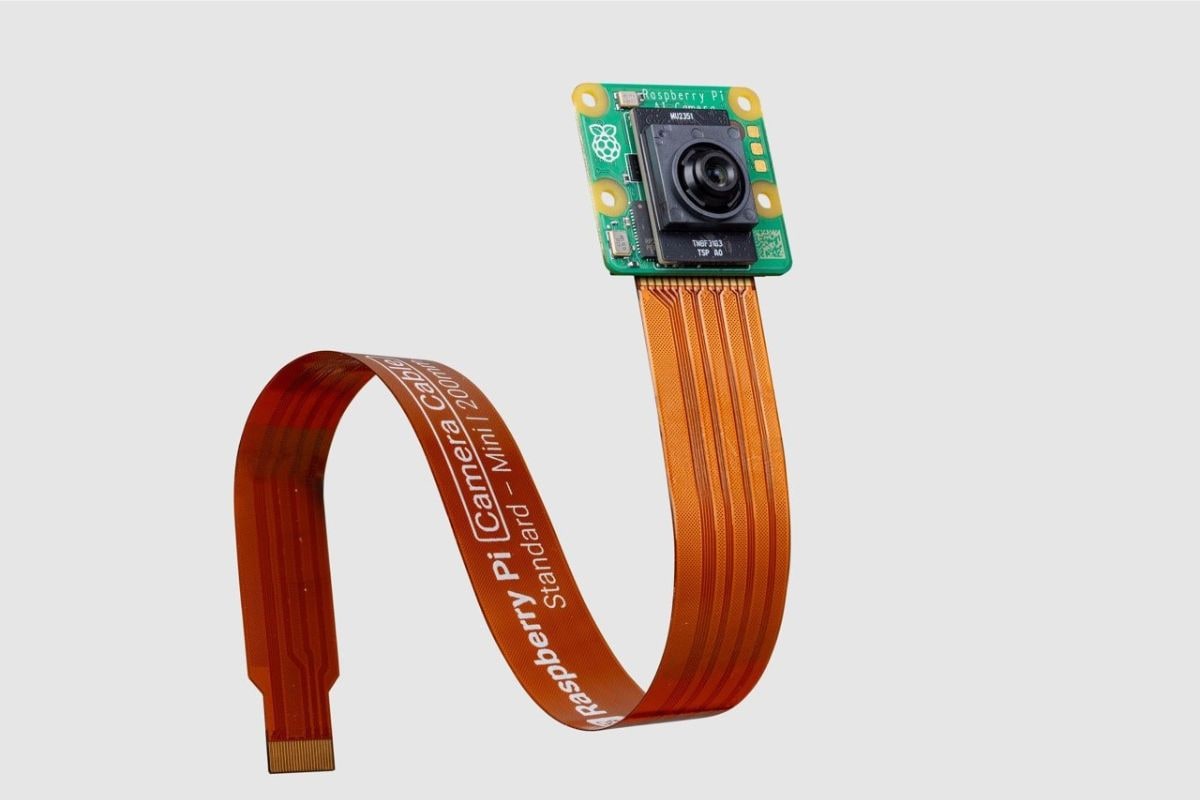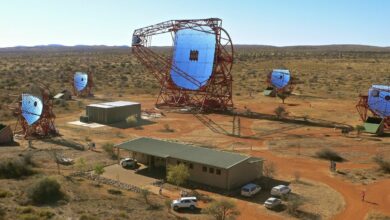Raspberry Pi launches an AI camera for vision-based applications

Raspberry Pi, the British single-board computer (SBC) company, launched an AI camera on Monday. Aimed at artificial intelligence (AI) projects and workflows, the device aims to let users make full use of third-party AI accelerators, such as the Raspberry Pi AI Kit, which launched in June. The AI camera features a 12-megapixel Sony IMX500 Intelligent Vision Sensor that can capture visual data up to 4056 x 3040 resolution at 10 fps. It is compatible with all Raspberry Pi models.
Raspberry Pi AI camera: price and availability
The Raspberry Pi AI Camera costs $70 in the US. The visual data sensor can be ordered worldwide. In India, users can order it online from Robu.in, the company’s only authorized reseller in the country, where it costs Rs. 7,899. Notably, it’s only available via backorder (it’s currently out of stock, but will ship when the next batch arrives). The Raspberry Pi AI Camera is expected to ship from October 20.
Raspberry Pi AI Camera: Specifications and Applications
Equipped with a 12-megapixel Sony IMX500 Intelligent Vision Sensor, the Raspberry Pi AI Camera can capture visual data in 4056 x 3040 resolution at 10 fps or 2028 x 1520 resolution at 30 fps. The sensor has a 78-degree field of view and comes with manually adjustable focus. The cell size in the chip is 1.55 x 1.55 micrometers. It is compatible with all Raspberry Pi models and can be connected to the RP2040 microcontroller with a regular cable ribbon connection.
Being an AI-focused device, it uses Sony’s suite of AI tools to program frameworks for neural network models such as TensorFlow or PyTorch. The company emphasizes that new models can be designed to also take advantage of the AI accelerator’s capabilities.
Furthermore, the device can be connected to the Raspberry Pi camera software stack and the libcamera extension can process the Bayer frame using the proprietary ISP, a similar workflow for all Raspberry sensors.
The Raspberry Pi AI Camera is suitable for AI projects that require visual data collection. This could be robots with vision, automotive driving automation systems or road maps, or something as simple as an on-device AI model that can process real-world images. Furthermore, these can also be used for augmented reality use cases.




